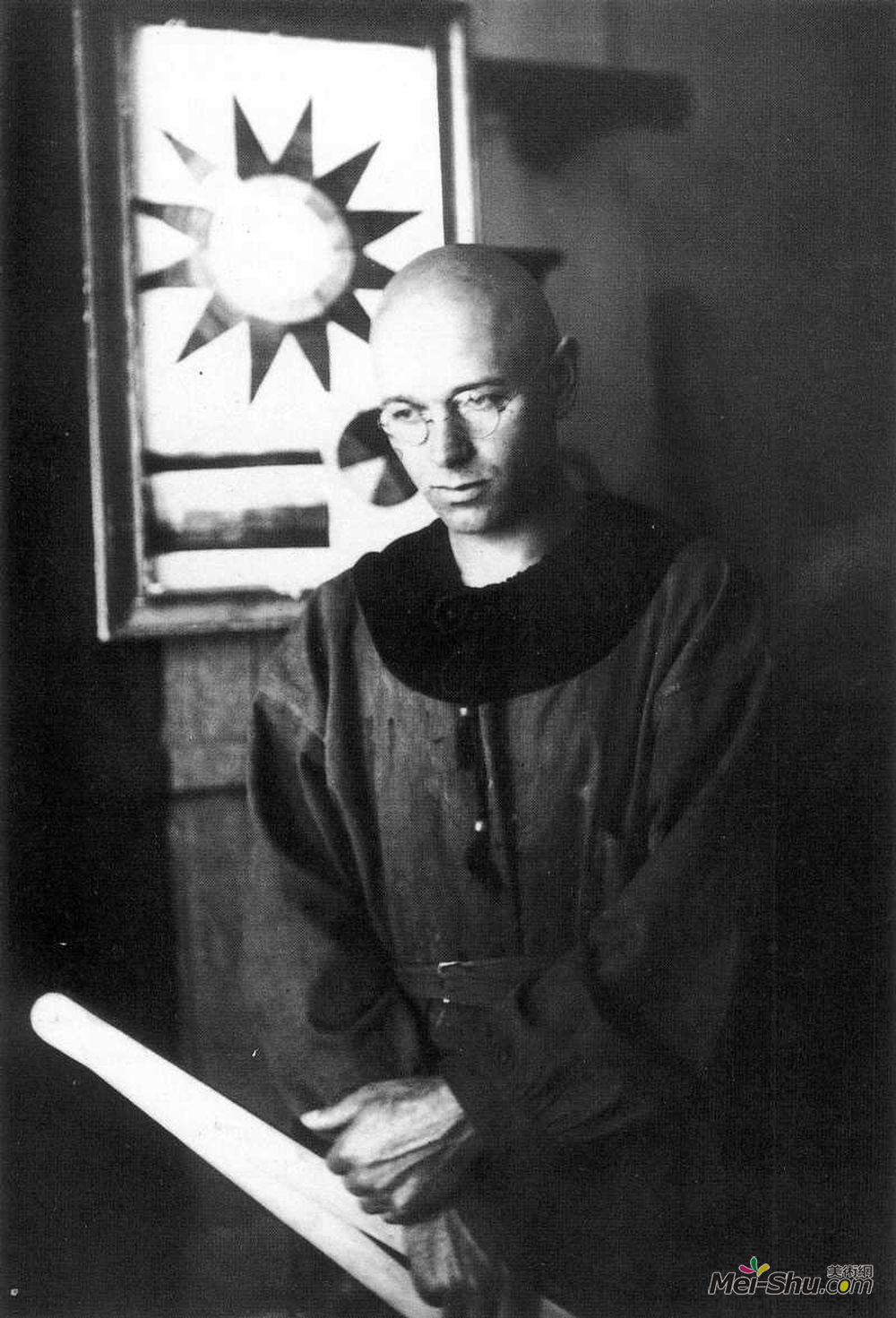
约翰内斯·伊顿(Johannes Itten)
艺术家: 约翰内斯·伊顿
生于: 1888年11月10日;südern椴树,瑞士
卒于: 1967;瑞士富豪
国籍: 瑞士
流派: 表现主义,抽象主义
领域: 绘画,设计,艺术理论
约翰·伊顿是瑞士表现主义画家、设计师、教师、作家和理论家,与包豪斯学派有联系。在德国建筑师沃尔特·格罗皮乌斯的指导下,伊顿与德裔美国画家里昂·费宁格和德国雕塑家杰哈德·马尔克斯一起,成为魏玛包豪斯的核心部分。
他深受阿道夫·H&#lzel和弗兰兹·契克的影响,在维也纳的作品中运用了这一手法。EUG和232的D教科书;ne Gilliard,一个抽象的画家,作为一个基础。伊顿从H& lzel开始采用一系列基本形状(直线、平面、圆形、螺旋形)作为开始创作的手段,并利用体操练习来放松学生,使他们为课堂上将要发生的事情做准备。
从1919年到1922年,我在包豪斯大学任教,开设了创新性的初级课程"初级课程"以教给学生材料特性、组成和颜色的基本知识。1920,伊滕邀请保罗·克利和Georg Muche一起去包豪斯。他还出版了一本名为《色彩艺术》的书,书中将这些观点描述为阿道夫·H&246;lzel&39;的色轮的进一步发展。IT&>;39;所谓的“颜色球>”;继续包括12种颜色。1924年,伊顿在苏黎世附近建立了“昂托斯织布车间”,在包豪斯织布工冈塔·圣安普·伊兹尔的帮助下。伊滕'的神秘主义和他被一群皈依马自达兹南(例如乔治·穆歇)的学生所崇敬,与沃尔特·格罗皮乌斯产生了冲突,格罗皮乌斯想把学校推向大众化生产的方向,而不仅仅是个人化的艺术前身。压迫。这一裂痕导致了39岁的Bauhaus辞职,并在1923被莫荷利·纳吉迅速取代。从1926年到1934年,他在柏林有一所小型艺术和建筑学校。在柏林,曾任包豪斯沃尔特·格罗皮乌斯首席建筑师的恩斯特·诺伊弗特教授过很多东西,从1932年到1934年。艺术家如约瑟夫·阿尔伯斯、马克斯·比尔和布里奇特·莱利,以及瓦西里·康定斯基的表现主义作品。
Itten'的色彩作品也被认为是季节性色彩分析的灵感。它最早把调色板与四种人联系起来,并且用季节的名称来指定这些类型。他去世后不久,他的名字在化妆品行业中得到了普及,出版了一个“我”这个季节。今天的美容学家继续使用季节性色彩分析,对Itten早期的作品表示敬意。
Artist :Johannes Itten
Additional Name :Johannes Itten
Born : Südern-Linden, Switzerland
Died : Zürich, Switzerland
Nationality :Swiss
Art Movement :Expressionism,Abstract Art
Field :painting,design,art theory
Johannes Itten was a Swiss expressionist painter, designer, teacher, writer and theorist associated with the Bauhaus (Staatliche Bauhaus) school. Together with German-American painter Lyonel Feininger and German sculptor Gerhard Marcks, under the direction of German architect Walter Gropius, Itten was part of the core of the Weimar Bauhaus.
He was heavily influenced by Adolf Hölzel and Franz Cižek, in Vienna using the work and textbook of Eugène Gilliard, an abstract painter, as a base. From Hölzel, Itten adopted a series of basic shapes (the line, the plane, the circle, the spiral) as a means from which to begin creation, and the use of gymnastic exercises to relax his students and prepare them for the experiences that were to occur in the class.
From 1919 to 1922, Itten taught at the Bauhaus, developing the innovative "preliminary course" which was to teach students the basics of material characteristics, composition, and color. In 1920 Itten invited Paul Klee and Georg Muche to join him at the Bauhaus. He also published a book, The Art of Color, which describes these ideas as a furthering of Adolf Hölzel's color wheel. Itten's so called "color sphere" went on to include 12 colors. In 1924, Itten established the “Ontos Weaving Workshops” near Zurich, with the help of Bauhaus weaver Gunta Stölzl.
Itten was a follower of Mazdaznan, a fire cult originating in the United States that was largely derived from Zoroastrianism. Itten's mysticism and the reverence in which he was held by a group of the students some of who converted to Mazdaznan (e.g. Georg Muche) created conflict with Walter Gropius who wanted to move the school in a direction that embraced mass production rather than solely individual artistic expression. The rift led to Itten's resignation from the Bauhaus and his prompt replacement by Laszlo Moholy-Nagy in 1923. From 1926 to 1934 he had a small art and architecture school in Berlin, in which Ernst Neufert, the former chief-architect of Walter Gropius at the Bauhaus, taught as well from 1932 to 1934.
Itten's works exploring the use and composition of color resemble the square op art canvases of artists such as Josef Albers, Max Bill and Bridget Riley, and the expressionist works of Wassily Kandinsky.
Itten's work on color is also said to be an inspiration for seasonal color analysis. Itten had been the first to associate color palettes with four types of people, and had designated those types with the names of seasons. Shortly after his death, his designations gained popularity in the cosmetics industry with the publication of Color Me A Season. Cosmetologists today continue to use seasonal color analysis, a tribute to the early work by Itten.